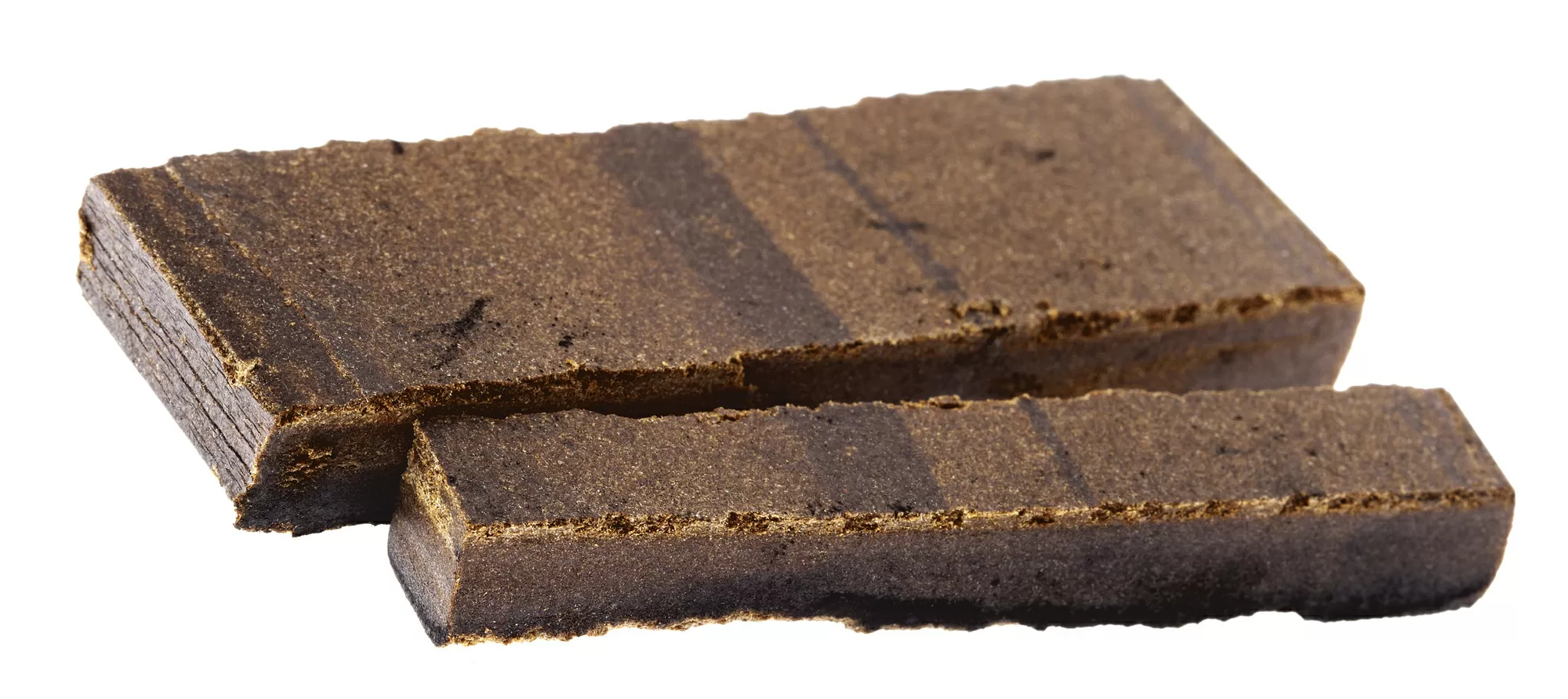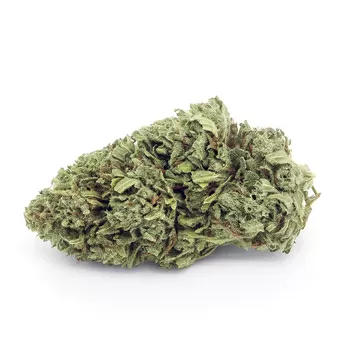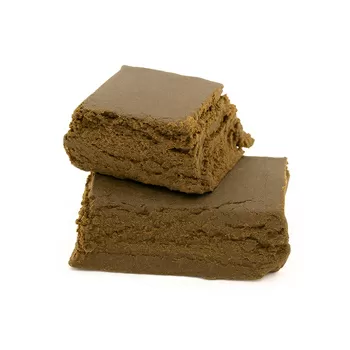Long before the current days of potent marijuana super strains, CBD gummies, vape cartridges, and online cannabis retailers there was hashish. These were simpler and slightly soberer times.
Hashish has been around since the ancient days of marijuana cultivation. Fortunately, it also made it through the turbulent prohibition years of the 20th century. In modern times it is modified and glamorized by the current pot-industrial complex.
Despite all this, hash still maintains its old-world charm. It also gives the consumer more of a kick than standard marijuana flower. Exploring the world of hash means gazing deep into its smokey history to find a substance that has stood the test of time.
What is Hashish?
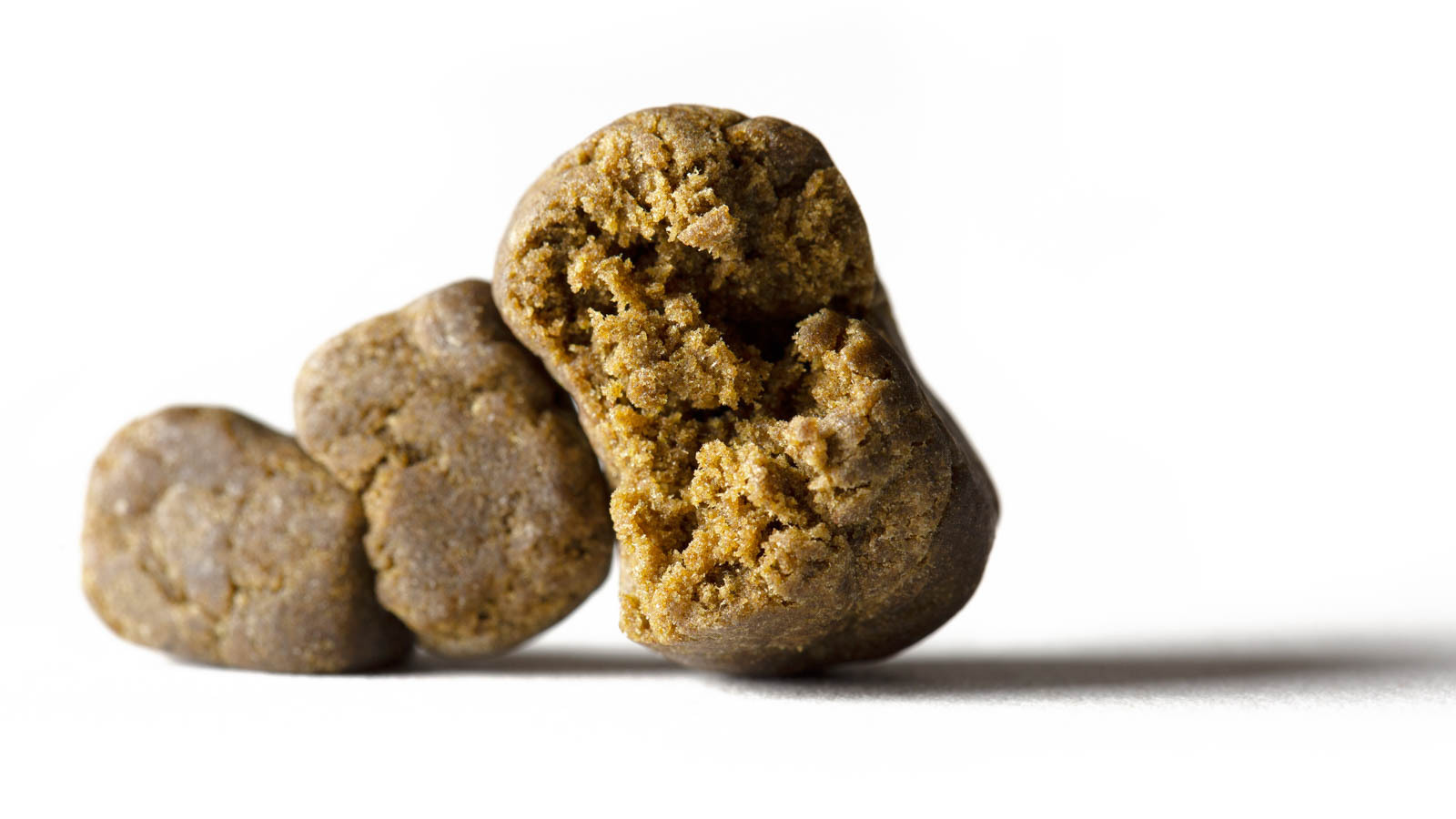
Hashish, or hash for short, is a resin produced from collecting and consolidating the trichomes of the cannabis plant.
Trichomes are the resin glands from the marijuana plant. They exist in greater excess on a female plant.
Trichomes consolidated together from marijuana plant material produce hashish. Hash tends to have higher levels of THC, the active ingredient, than cannabis flower.
This is because hash is a high-quality form of concentrated cannabis. Hash is notoriously sticky and is usually brown, blonde, or black in color. It is the most popular form of cannabis for enthusiasts of CBD in Europe.
In fact, roughly half of all cannabis consumption in England is the consumption of hash. In the United States hash is slightly less popular than conventional marijuana flower.
It is America however that has crafted it into a variety of new forms. This is due in part to innovative breakthroughs in the hashish production process. Things like shatter, glass, bubble-hash, and hash oil are all new and sought-after hash products.
Hash History
The history of hash dates back to the ancient world of the Middle East. While the exact date that hash was first produced remains unknown, it was widely used in Arabia by about 900 A.D.
References to hashish are in literary texts such as One Thousand and One Nights which dates back to this time period. The Mongolian Empire effectively spread hash-use west in the late 13th century.
By 1300 A.D. it made itself known to the European psyche with influentials such as Marco Polo confirming its widespread use throughout the Middle East. It took until roughly 1800 for hash to hit Europe in force.
This was due in part to various European military campaigns in the Middle East, Northern Africa, and Egypt. Soldiers returning from battle were quick to adopt the substance as a means of relaxing and recreating upon returning home.
From that point on it was a generally accepted substance. Doctors and botanists touted its benefits throughout Europe.
That was until the turn of the 20th century when marijuana prohibition occurred throughout much of the western world. The late 20th century's war on drugs vilified the substance.
It also banished its circulation to the dangerous realm of the black market world. This caused a surge in hash prices as well as hash related violence.
Today hash enjoys varying levels of legality in countries around the world. It is the cannabis substance of choice for users in Europe and possesses a lesser degree of popularity in the United States.
Effects of Hash
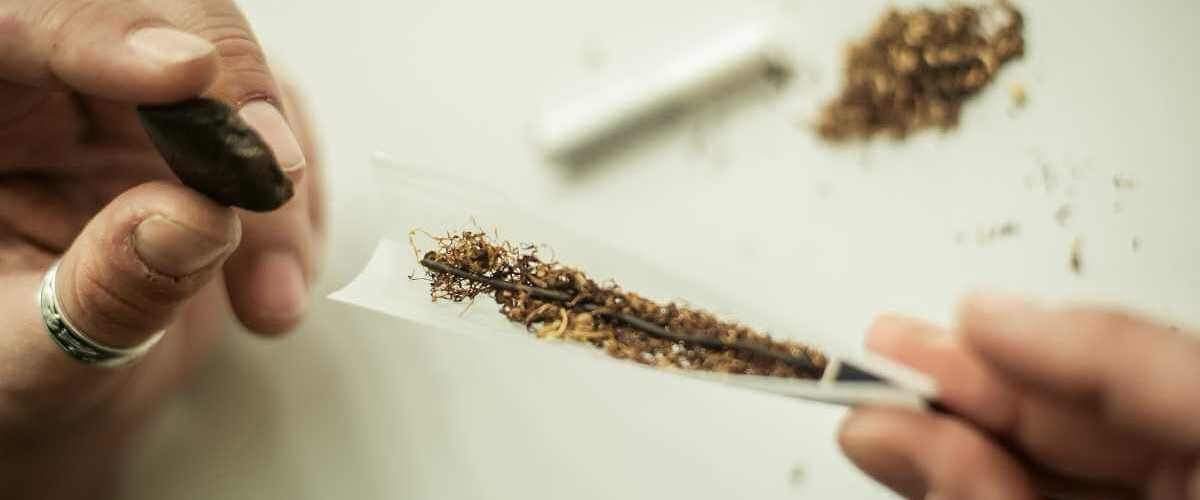
Hash consumption occurs in a variety of different ways. Many users prefer to smoke it either through a pipe, bong, or other smoking apparatus. The European custom is to traditionally mix it with tobacco and roll it into a spliff.
A user can vape and directly inhale hash. This eliminates many of the negative long-term effects associated with hash such as tar build up in the lungs. The short term effects of hash are similar to marijuana.
The user can expect to feel a sense of relaxation or euphoria. Many users also experience an increase in appetite, reduction of anxiety, alleviation of insomnia, and an increased sense of well-being.
Hashish made from a strain of Cannabis Sativa may make the user more alert and energetic as well. The effects of hash have a lot to do with the strain of marijuana used in its production, its THC content, and the individual user.
Hash Products
Depending on your country's marijuana laws, hashish is available for consumption in a variety of different products. Sometimes it's smoked directly in its raw form. Other times it's turned into hash oil.
Hash oil can contain THC or be produced as a CBD concentrate without it. Many times hash is made into high-THC concentrates such as shatter, glass, or dabs. These need to be vaporized by a specific unit often referred to as a "dabber".
Other times hash is made into an edible form. This can include things such as cookies, gummies, chocolate, soft drinks, and tinctures. It can also be made into CBD edibles that contain no THC.
You can visit a local dispensary, consult a doctor, or visit an online distributor for more information about specific products. Just make sure to check with your local authorities about the legality of marijuana in your area before making a purchase.
Hashish is a Natural Choice
Whether you are interested in hashish for recreational use, medicinal purposes or just want to learn more about the substance out of curiosity one thing remains clear: it is not going away any time soon.
Hash has become a cultural fixture that has survived the test of time. It has benefited its users for ages and until recent times has been very controversial.
As the world becomes more accepting of this ancient medicine its mysteries will continue to be revealed. Only time will tell what other secrets Hash has hidden deep within its sticky brown exterior.
Regardless of what its future may hold, currently, it is enjoyed by countless users worldwide. For all of your other CBD needs and cannabis info, make sure to check out the rest of our blog!
 Italiano
Italiano Español
Español English
English Français
Français Deutsch
Deutsch